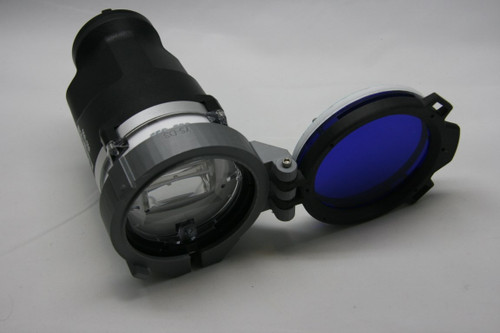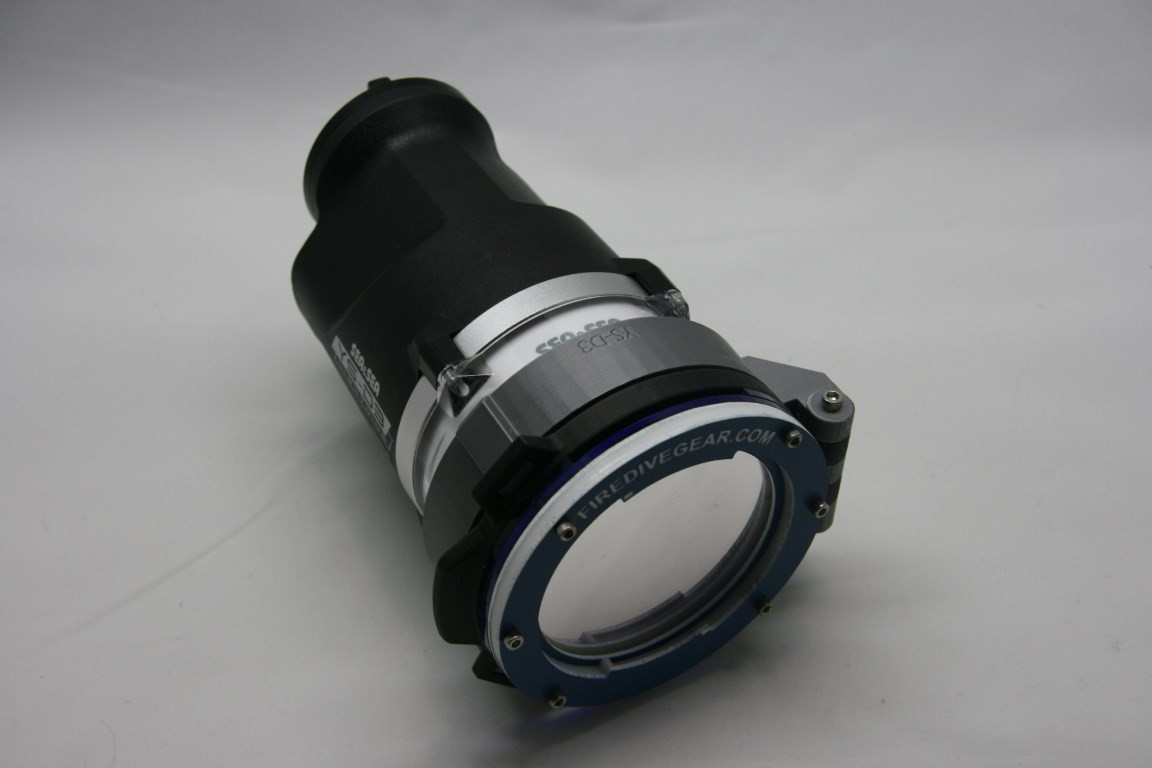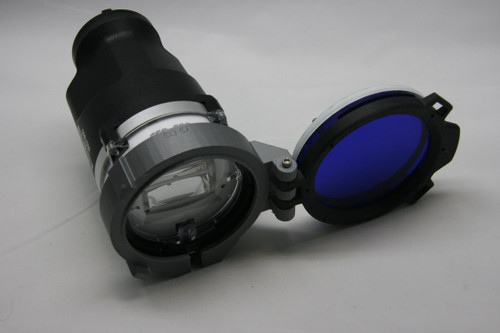Fluoro Diving Kit for Sea & Sea YS-D3 Strobe
Fluoro photography, also known as Fluorescence photography, has been a game-changer in the realm of underwater imaging. As a specialized form of underwater photography, fluoro photography has introduced a whole new dimension of visual spectacle to the underwater world.
What is Fluoro Photography?
Fluoro photography refers to the process of capturing images under the influence of fluorescence. In simple terms, when a subject is illuminated with a high-frequency light source, such as ultraviolet (UV) or blue light, it absorbs this light and re-emits it at a lower frequency. This results in the subject glowing in vibrant, often unexpected hues, creating a fascinating sight to behold and capture.
The Science Behind Fluoro Photography
Fluoro photography is not merely an artistic endeavor; it is rooted in the principles of physics. When an organism is subjected to high-frequency light, its electrons absorb this energy and become unstable. To regain stability, the electrons return to their original state, releasing the absorbed energy in the form of light, which is of lower frequency and thus a different color. This emitted light results in the subject glowing in different hues, creating the magical effect seen in fluoro photography.
Fluorescence vs Bioluminescence
While both phenomena result in the creation of light, they are fundamentally different. Fluorescence requires an external light source to trigger the emission of light by the subject, whereas bioluminescence involves the subject producing its own light, as seen in certain jellyfish or fireflies.
Some amazing photos and Basic Essentials Guide for Fluoro Photography - Article by Mike Bartick
Required Equipment in Fluoro Photography
Blue or UV Light Source
The first essential piece of equipment for fluoro underwater photography is a blue or UV light source. Both types of light serve to excite the electrons in the subject's cells, causing fluorescence. However, blue light is generally preferred as it is safer for the eyes and can cause more organisms to fluoresce. These Blue Filters are added to the front of the light source, be it an underwater strobe or video light, and are commonly known as "Excitation Filters".
Barrier Filters
Barrier filters, usually yellow, are placed over the camera lens and the diver's mask. These filters work by blocking out the blue light, allowing only the emitted fluorescence to pass through. This makes the fluorescing subjects stand out against the dark background.
Fluoro Diving Kit for Sea & Sea YS-D3 Strobes
These mounts are 3D printed and “snap” into place on the front of the strobe. The filter can “swing” into and out of place for swapping between fluo or white light/snoot or no snoot photography. Of course, this means your barrier filter must be external to your housing so it can be removed/replaced as needed.
IMPORTANT: SNOOT NOT INCLUDED - go here to purchase the Sea & Sea YS D3 II Snoot
- Standard white light configuration
- Standard white light snoot configuration
- Standard white light snoot configuration
- Fluo blue light snoot configuration
The preview button even functions with the snoot in the blue mode. The snoot can either be tethered or put in a pocket giving unprecedented white/blue shooting functionality. It is important to note however that this flip filter WILL NOT fit on the YS-D1 or YS-D2 strobes. Sea & Sea did a complete rework of the D3 bezel and the snoot does not work with those earlier versions.
- 1x Blue Excitation Flip Filter for Sea & Sea YS-D3 II filter


























